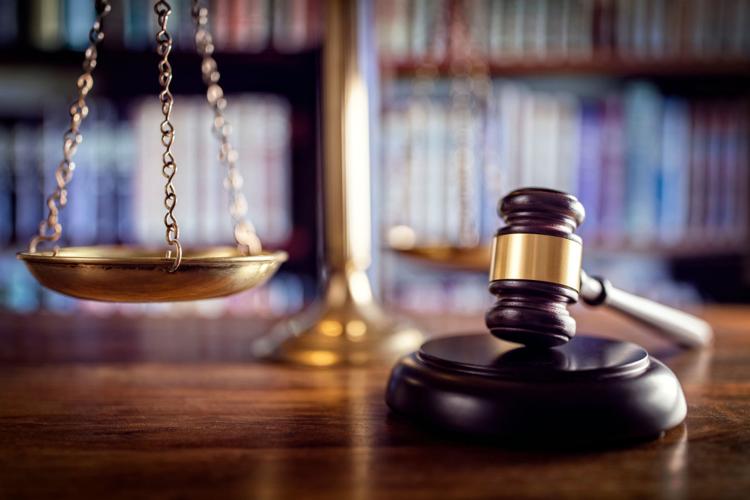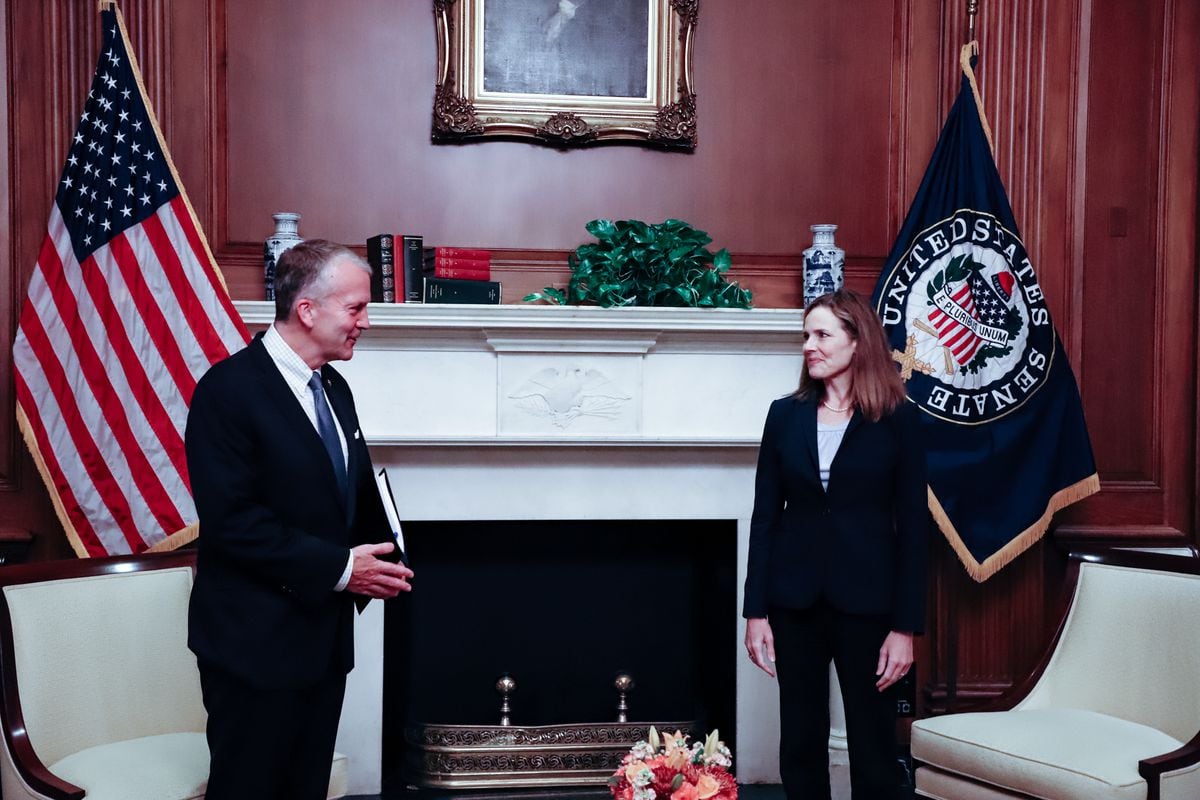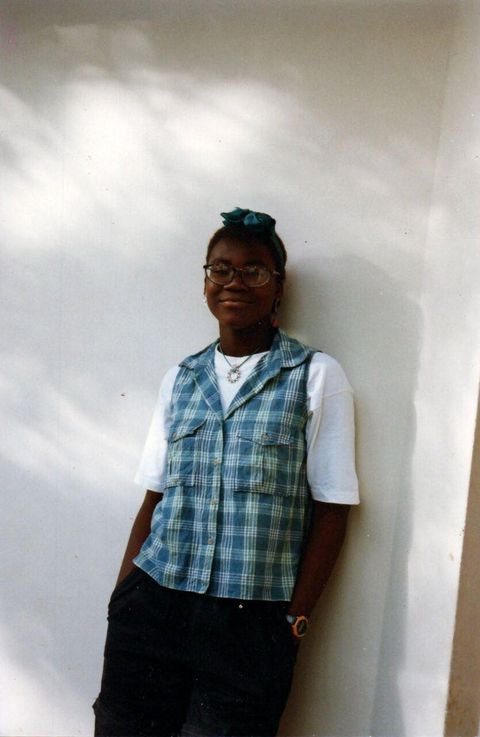The Legacy of Native American Schools
U.S. and Canadian authorities took Native children from their homes and tried to school, and sometimes beat, the Indian out them. Now Native Americans are fighting the theft of language, of culture, and of childhood itself.
By Andrea Smith (2015 reblog)
A little while ago, I was supposed to attend a Halloween party. I decided to dress as a nun because nuns were the scariest things I ever saw,” says Willetta Dolphus, 54, a Cheyenne River Lakota. The source of her fear, still vivid decades later, was her childhood experience at American Indian boarding schools in South Dakota.
 |
|
Boys pray before bedtime with Father Keyes, St.
Mary’s Mission School, Omak. © Northwest Museum of Arts &
Culture/Eastern Washington State Historical Society, Spokane, WA
|
Dolphus is one of more than 100,000 Native Americans forced by the U.S. government to attend Christian schools. The system, which began with President Ulysses Grant’s 1869 “Peace Policy,” continued well into the 20th century. Church officials, missionaries, and local authorities took children as young as five from their parents and shipped them off to Christian boarding schools; they forced others to enroll in Christian day schools on reservations. Those sent to boarding school were separated from their families for most of the year, sometimes without a single family visit. Parents caught trying to hide their children lost food rations.
Virtually imprisoned in the schools, children experienced a devastating litany of abuses, from forced assimilation and grueling labor to widespread sexual and physical abuse. Scholars and activists have only begun to analyze what Joseph Gone (Gros Ventre), a psychology professor at the University of Michigan, Ann Arbor, calls “the cumulative effects of these historical experiences across gender and generation upon tribal communities today.”
“Native America knows all too well the reality of the boarding schools,” writes Native American Bar Association President Richard Monette, who attended a North Dakota boarding school, “where recent generations learned the fine art of standing in line single-file for hours without moving a hair, as a lesson in discipline; where our best and brightest earned graduation certificates for homemaking and masonry; where the sharp rules of immaculate living were instilled through blistered hands and knees on the floor with scouring toothbrushes; where mouths were scrubbed with lye and chlorine solutions for uttering Native words.”
Sammy Toineeta (Lakota) helped found the national Boarding School Healing Project to document such abuses. “Human rights activists must talk about the issue of boarding schools,” says Toineeta. “It is one of the grossest human rights violations because it targeted children and was the tool for perpetrating cultural genocide. To ignore this issue would be to ignore the human rights of indigenous peoples, not only in the U.S., but around the world.”
The schools were part of Euro-America’s drive to solve the “Indian problem” and end Native control of their lands. While some colonizers advocated outright physical extermination, Captain Richard H. Pratt thought it wiser to “Kill the Indian and save the man.” In 1879 Pratt, an army veteran of the Indian wars, opened the first federally sanctioned boarding school: the Carlisle Industrial Training School, in Carlisle, Penn.
“Transfer the savage-born infant to the surroundings of civilization, and he will grow to possess a civilized language and habit,” said Pratt. He modeled Carlisle on a prison school he had developed for a group of 72 Indian prisoners of war at Florida’s Fort Marion prison. His philosophy was to “elevate” American Indians to white standards through a process of forced acculturation that stripped them of their language, culture, and customs.
Government officials found the Carlisle model an appealing alternative to the costly military campaigns against Indians in the West. Within three decades of Carlisle’s opening, nearly 500 schools extended all the way to California. The Bureau of Indian Affairs (BIA) controlled 25 off-reservation boarding schools while churches ran 460 boarding and day schools on reservations with government funds.
Both BIA and church schools ran on bare-bones budgets, and large numbers of students died from starvation and disease because of inadequate food and medical care. School officials routinely forced children to do arduous work to raise money for staff salaries and “leased out” students during the summers to farm or work as domestics for white families. In addition to bringing in income, the hard labor prepared children to take their place in white society — the only one open to them — on the bottom rung of the socioeconomic ladder.
Physical hardship, however, was merely the backdrop to a systematic assault on Native culture. School staff sheared children’s hair, banned traditional clothing and customs, and forced children to worship as Christians. Eliminating Native languages — considered an obstacle to the “acculturation” process — was a top priority, and teachers devised an extensive repertoire of punishments for uncooperative children. “I was forced to eat an entire bar of soap for speaking my language,” says AIUSA activist Byron Wesley (Navajo).
The loss of language cut deep into the heart of the Native community. Recent efforts to restore Native languages hint at what was lost. Mona Recountre, of the South Dakota Crow Creek reservation, says that when her reservation began a Native language immersion program at its elementary school, social relationships within the school changed radically and teachers saw a decline in disciplinary problems. Recountre’s explanation is that the Dakota language creates community and respect by emphasizing kinship and relationships. The children now call their teachers “uncle” or “auntie” and “don’t think of them as authority figures,” says Recountre. “It’s a form of respect, and it’s a form of acknowledgment.”



















